Goldstar, now the fifth biggest ticket seller in America, started during a carpool.
In 2001, Rich Webster, Jim McCarthy, and Robert Graff were working together at a start-up called Kiko. “We lived near each other and worked about 20 miles away from work, so we car-pooled,” says Graff. “That start-up was a classic dot-com bubble flame-out. We raised and spent more than 10 million dollars in VC money, ‘pivoted’ every time an investor had a ‘big’ idea, and never launched a product. I think at one point there were 80 employees and 0 customers.”
Meanwhile, Graff was helping out a friend at a different company that was also headed downhill. That company did online “papering” (i.e. giving tickets away for free to fill a venue). During one of their commutes, McCarthy and Graff started talking about the flaw in the ticketing business. “No venue wants to be told that their product is worthless, and no customer wants to go see a show that’s unsellable,” explains Graff. “So we had an idea. We’d do the same thing, but we’d target the best entertainment. The most popular shows have unsold inventory too, and instead of charging the venue to give it away, we’d sell half-price tickets online and actually pay the venue. In October of 2001, we agreed to do it. The website launched in February.”
After leaving a start-up that blew millions of dollars without ever accomplishing anything (Graff: “too many angels and VCs calling the shots and no real focus on the product”), the founders worked hard to avoid funding on their new project. “We purposefully didn’t want anyone else’s money because we didn’t want their advice. We started with $1,000 and immediately paid $800 to the state,” Graff says.
“We purposefully didn’t want anyone else’s money because we didn’t want their advice.”
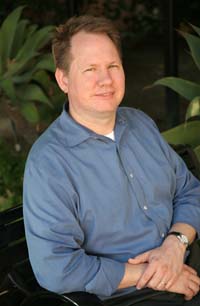 He did the product development, programming and sys admin. McCarthy did the marketing and customer service. Webster did the venue outreach. The workload split worked well. Graff (right) says, “Luckily, the three of us have very different skill sets and, combined, we had almost all the skills we needed — except design. For that we called upon a friend to do us a favor, and when the business started to look real, we gave him equity.”
He did the product development, programming and sys admin. McCarthy did the marketing and customer service. Webster did the venue outreach. The workload split worked well. Graff (right) says, “Luckily, the three of us have very different skill sets and, combined, we had almost all the skills we needed — except design. For that we called upon a friend to do us a favor, and when the business started to look real, we gave him equity.”
For almost the first year, the company was just the three founders. “We worked from our homes and got together a few times a week,” says Graff. “We then got a tiny office with three desks so we could work together. Now with 50 employees, about half our staff works in our office and the other half from home.”
A different approach to tickets
Goldstar’s approach contrasts with other ticket sellers. Conventional brokers buy high-demand tickets and sell them at a premium, sites like stubhub.com let people sell tickets at market prices, eBay lets them auction to the highest bidder.
Goldstar, on the other hand, goes after leftover seats – to sports, theater, concerts, comedy, and more – and sells them at half-price. Venues cover costs and use the unsold inventory as a marketing tool to reach new audience. Customers get to try new things without the risk of paying full price. Graff says, “When we get people to go out and see a show or band they wouldn’t normally have gone to, it’s a win — a win for us, for our member, and for our venue.”
According to Graff, the company sold almost $40 million in tickets last year and has about 1.5 million customers. It’s partnered with MLB, Cirque du Soleil, NBA, Broadway, the Improv clubs, Ticketmaster, Live Nation, and more than 5,000 other venues and ticket suppliers across the country. It’s grown 40-50% annually for the last several years and expects to match or beat that this year too. The company also plans on adding about a dozen markets this year and is constantly acquiring new partners.
The founders have no interest in exiting either. Graff says, “There’s really no planned ‘end’ for something like this, unless you’re explicitly planning to sell. And while we do get inquiries about that, nothing so far has seemed to make sense compared to just continuing to build the business.”
Continued…
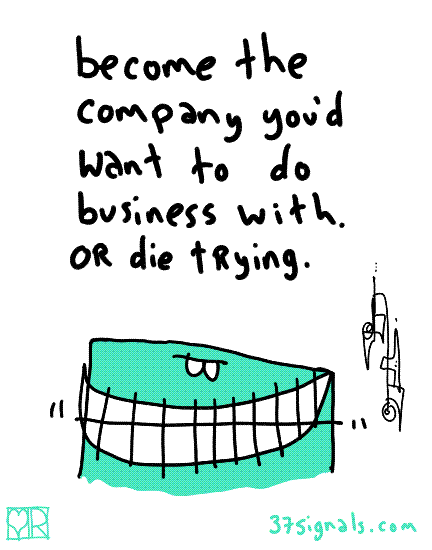

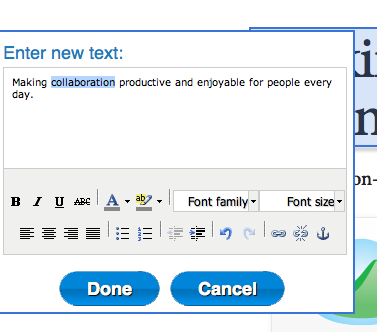

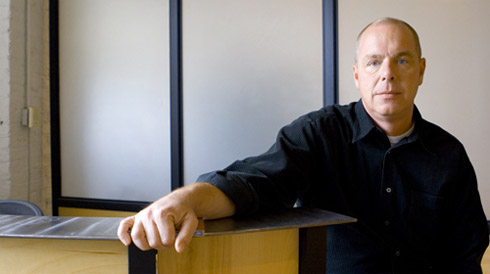


 That level of detail, combined with a curated product mix, is how the site competes with bigger retailers. According to Zach Kaplan (right),
That level of detail, combined with a curated product mix, is how the site competes with bigger retailers. According to Zach Kaplan (right), 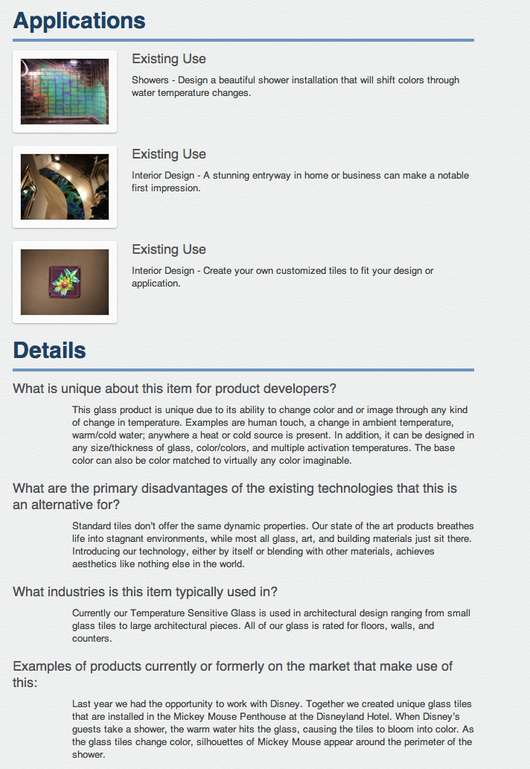
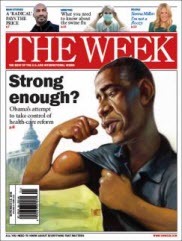 With this approach, The Week is profitable and growing steadily. It’s on track to make $6.3 million this year and its total circulation has grown by 5x since it launched in 2001. (It’s not doing any original reporting though, so you could make a case that it’s just piggybacking on the efforts of others.)
With this approach, The Week is profitable and growing steadily. It’s on track to make $6.3 million this year and its total circulation has grown by 5x since it launched in 2001. (It’s not doing any original reporting though, so you could make a case that it’s just piggybacking on the efforts of others.)